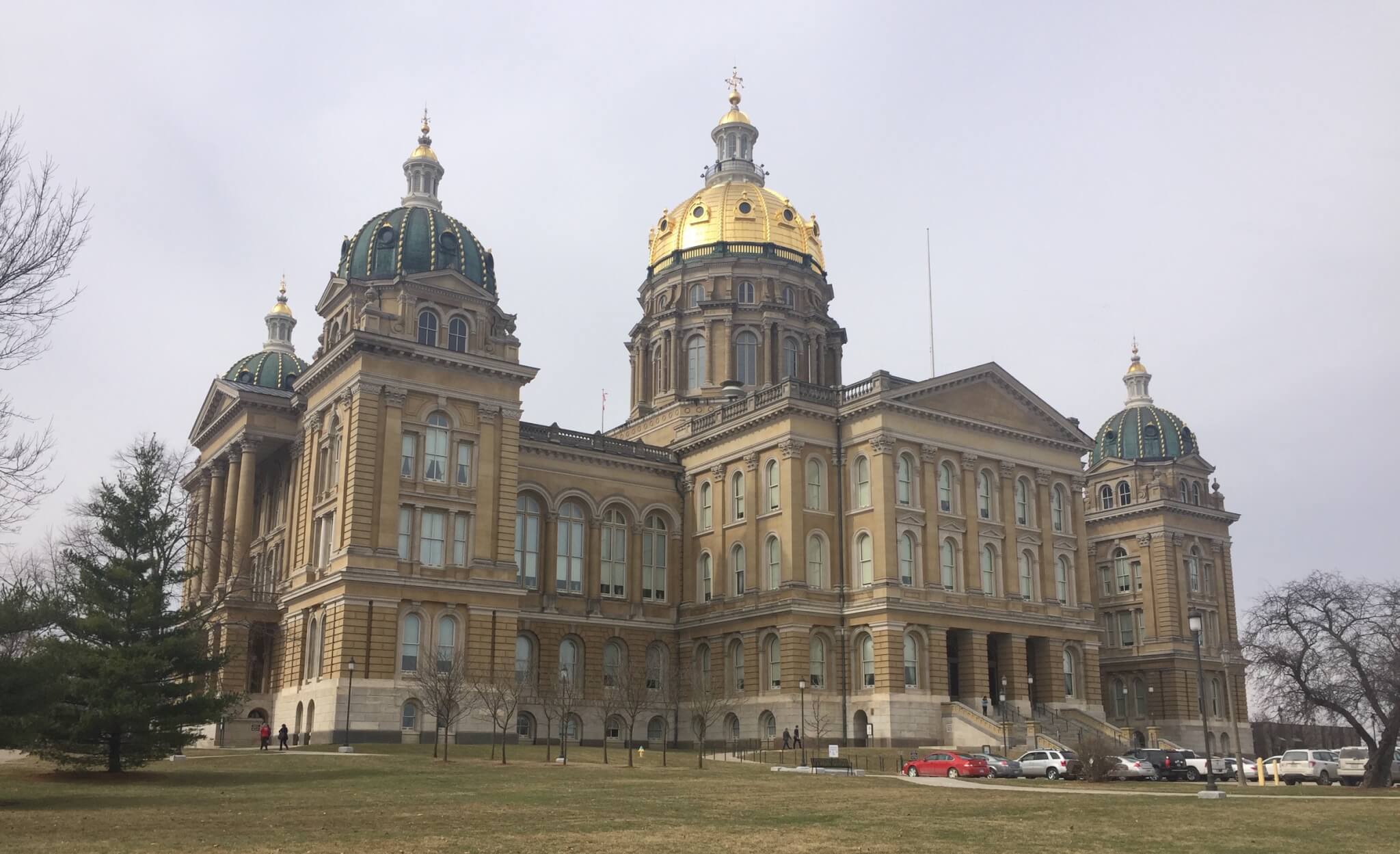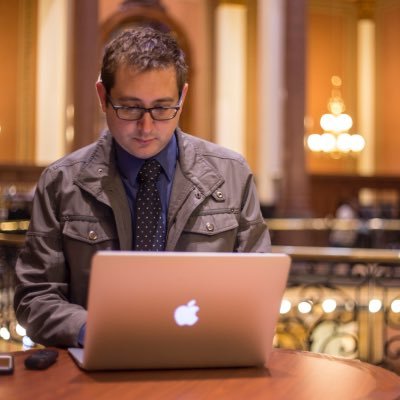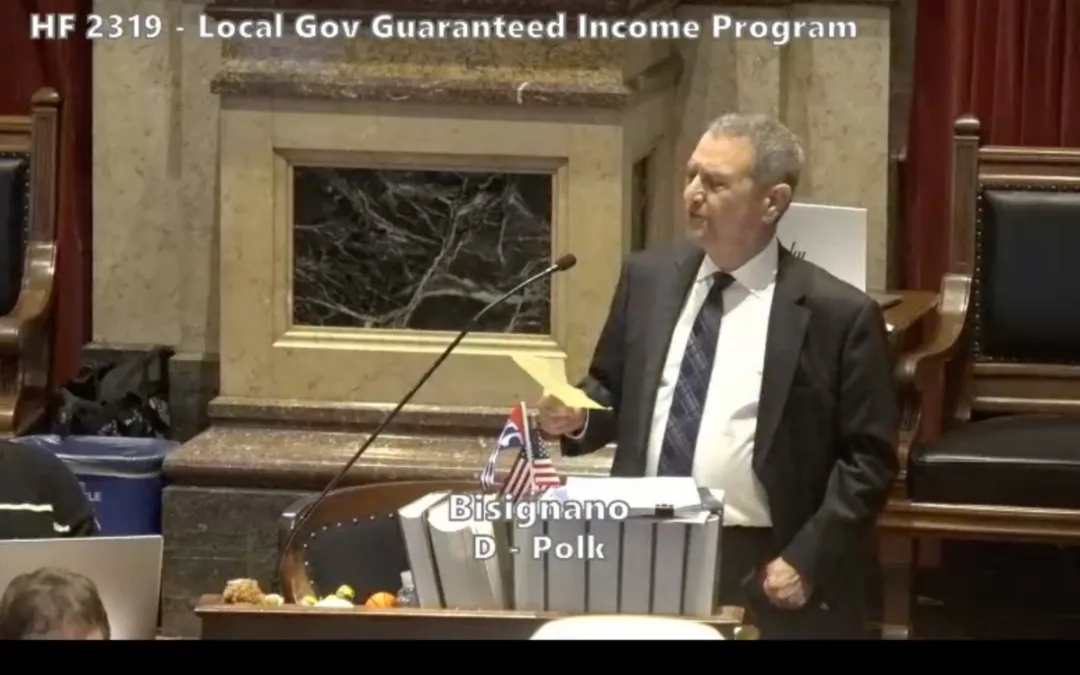
If Democrats needed one more sign of just how energized their voters are for the 2018 election, they got it on Friday evening at the end of candidate filings for Iowa state offices. Democratic candidates have stepped up to compete in 94% of all state legislative races, a major coup for the party who sees a potential blue wave year coming in November. They also have candidates in every statewide race, while Republicans left Democratic Attorney General Tom Miller and State Treasurer Mike Fitzgerald without opponents. See the entire list here.
It also improves significantly on past years’ performances, where many Republican incumbents got left uncontested – mostly in deep red seats, but also in some borderline competitive ones. Compare this year’s numbers to the previous three cycles (caveat: past years’ stats include the number of candidates on election day – some were nominated later in that cycle through special nominating conventions):
2018:
Senate Ds: 23/25
House Ds: 95/100
94% overall
2016:
Senate Ds: 20/25
House Ds: 89/100
87% overall
2014:
Senate Ds: 19/25
House Ds: 77/100
77% overall
2012:
Senate Ds: 22/26
House Ds: 81/100
82% overall
November is still a lifetime of political news cycles away, and the massive wave election year for Democrats may or may not happen. But if current trends from special elections and the Virginia races hold, the party out of power could be poised to pick up a significant number of seats in the Iowa Legislature. That only happens, of course, if you have candidates in all those competitive and marginal seats.
It should also provide a boon to Democrats’ top-of-ticket candidates. More local candidates mean more Democrats knocking doors and turning out voters in every area of the state, including Republican-leaning places the statewide campaigns may not have the resources to fully cover. Extra volunteer bases come into play – a state house candidate’s nephew may not be interested in volunteering for a gubernatorial nominee, but he’ll go knock doors for his uncle.
And it boosts Democratic turnout overall – perhaps a marginal voter isn’t excited by the party’s congressional candidate, but the local state senate candidate was her former teacher, so she’ll turn out for him and then also fill in the ballot for the other Democrats since she’s there anyway.
Senate Democrats only missed out on two seats, but one of those it’s politically smarter to not have a candidate for. Independent Senator David Johnson of extremely-conservative Northwest Iowa’s SD 1 often votes with Democrats in the Senate since leaving his party last year over Donald Trump. A Democrat will never have a chance of winning that district, but Johnson’s reelection would continue to deprive Republicans of a vote on key issues – not having a candidate there means most Democratic voters will go for Johnson.
The other seat missing a Democrat is Jason Schultz’s SD 9, a deep-red district in Western Iowa. They did, however, find someone for SD 5, the Fort Dodge-based Western Iowa seat that swung hard for Republicans lately.
Four of Democrats’ five missing House seats are in Western Iowa, though they did fill a significant amount of heavily-Republican districts west of I-35. It would’ve been nice to have a challenger to Speaker Linda Upmeyer, but House Democrats will be plenty happy with 95% district coverage.
And as another sign of overflowing enthusiasm, Democrats have so many primaries for House seats that there are actually 113 Democratic candidates overall for Iowa House districts. There are four- and three-way Democratic primaries even in some deep-red districts. House Democratic staffers’ phones may be ringing off the hook with all the candidates contacting them for advice and organizational help.
It should also be noted that parties can still nominate a candidate for empty districts via special nominating convention over the next few months. Obviously, starting that late in the cycle is a big hinderance, but it’s better than nothing.
On the Republican side, things do not look as good. They filled only 20 of 25 senate districts and 75 of 100 house districts. Overall, that’s 76% coverage compared to Democrats’ 94%.
Republicans have left over half of incumbent House Democrats without an opponent, giving those representatives free time to raise money and/or go knock doors in swing districts. And Republicans also have 13 open seats due to retirements, with 20% of their members deciding to call it a day this year (12 are retiring – there’s 13 technically open seats since Representative Chris Hagenow is moving west to an open seat in Dallas County).
The failure to challenge Attorney General Miller is a bit of a surprise. Even though the longtime incumbent will likely never be beat, up-and-coming Republicans have used losing races to Miller as a stepping stone to bigger things. Current acting Lt. Governor Adam Gregg challenged Miller in 2014 and Governor Terry Branstad’s former chief legal counsel Brenna Findley ran against him in 2010.
Starting Line will have a lot more coverage of filings and interesting candidate observations in the days to come. Now that the filing period is over, we’ll also start delving into some the key state legislative primaries.
by Pat Rynard
Posted 3/17/18
Politics

Biden marks Earth Day by announcing $7 billion in solar grants
The Biden administration on Monday announced the recipients of its Solar For All Program, a $7 billion climate program that aims to lower energy...

6 terrifying things that could happen if the Comstock Act is used to target abortion
Does 1873 sound like a really, really long time ago? Well, that’s because it is—but if Republicans and far-right anti-abortion activists have their...
Local News

No more Kum & Go? New owner Maverik of Utah retiring famous brand
Will Kum & Go have come and gone by next year? One new report claims that's the plan by the store's new owners. The Iowa-based convenience store...

Here’s a recap of the biggest headlines Iowa celebs made In 2023
For these famous Iowans, 2023 was a year of controversy, career highlights, and full-circle moments. Here’s how 2023 went for the following Iowans:...





